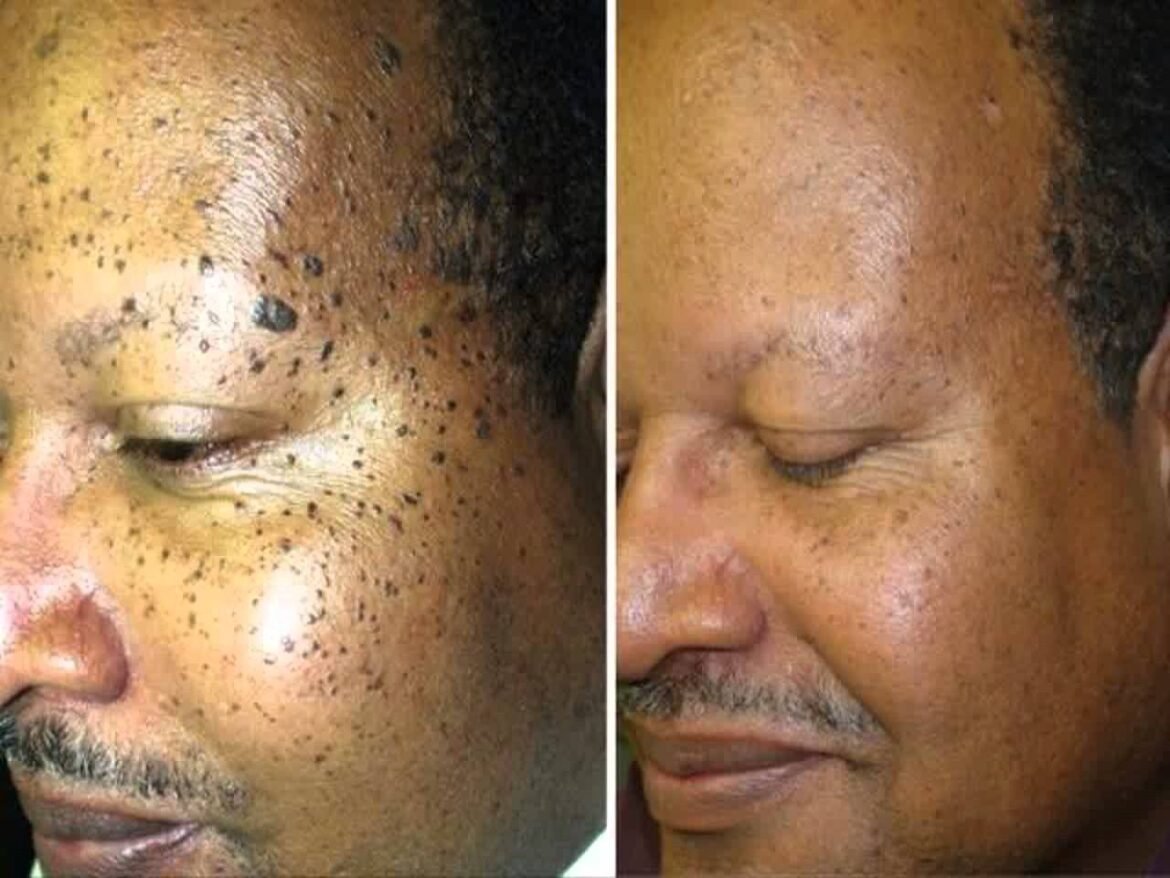Moles are a common skin feature that most people have, with the average person sporting between 10 and 40 moles on their body. While most moles are harmless, some can be a sign of potential skin cancer. Understanding moles, their characteristics, and safe removal methods is crucial for maintaining skin health.
Understanding Moles: What You Need to Know
Moles, scientifically known as nevi, are small, colored spots on the skin formed by clusters of melanocytes. They can appear in various colors, including brown, black, red, or skin-toned, and can develop anywhere on the body. While many people seek to remove moles for cosmetic reasons, it’s essential to first understand the difference between benign and potentially cancerous moles.
Identifying Potentially Dangerous Moles
Dermatologists recommend using the ABCDE rule to assess mole characteristics:
- Asymmetry: One half of the mole doesn’t match the other
- Borders: Irregular, jagged, or blurred edges
- Color: Uneven coloration or multiple colors within the same mole
- Diameter: Larger than 6mm (about the size of a pencil eraser)
- Evolving: Changes in size, shape, or color over time
If you notice any of these signs, it’s crucial to consult a dermatologist immediately for a professional examination and potential biopsy.
Home Remedies for Mole Removal: Proceed with Caution
While numerous home remedies are touted as effective mole removal solutions, it’s important to approach these methods with skepticism. Most home treatments lack scientific backing and can potentially cause more harm than good.
Popular Natural Remedies
Some commonly suggested home remedies include:
- Garlic: Applied topically, believed to help break down mole tissue
- Apple Cider Vinegar: Claimed to dry out and remove moles
- Castor Oil and Baking Soda: Mixed into a paste and applied to the mole
- Tea Tree Oil: Potentially helpful for skin treatments
- Iodine: Used to potentially fade mole pigmentation
Critical Warnings About Home Remedies
Despite their popularity, home remedies carry significant risks:
- Potential for severe skin irritation
- Risk of chemical burns
- Possible permanent scarring
- Inability to definitively remove the entire mole
- Masking potential signs of skin cancer
Professional Mole Removal Alternatives
Dermatologists offer several safe and effective mole removal methods:
- Surgical Excision: Completely removing the mole with minimal scarring
- Shave Excision: Removing raised moles at skin level
- Laser Removal: Using targeted light to break down mole tissue
- Cryotherapy: Freezing the mole with liquid nitrogen
When to Seek Professional Help
Always consult a dermatologist if you experience:
- Moles with suspicious characteristics
- Rapid changes in mole appearance
- Bleeding or painful moles
- New moles appearing after age 30
Conclusion
While the internet is full of home remedy suggestions for mole removal, the safest approach is to consult a professional. Dermatologists can accurately assess mole characteristics, determine potential risks, and recommend the most appropriate removal method. Your skin’s health and potential early cancer detection are far more important than attempting potentially dangerous home treatments.
Remember, not all moles require removal. Many are harmless and can be safely monitored by a healthcare professional. Prioritize regular skin checks and protect your skin from excessive sun exposure to maintain overall skin health.





